Apple fans are starting to talk more and more about the arrival of the new iPhone SE, which could appear on retailers' shelves as early as next year. If you are one of our regular readers, then you certainly did not miss our two-day-old article in which we focused on predictions from the DigiTimes portal. Currently, the popular Nikkei Asia portal comes with a new report, which brings interesting information about the upcoming iPhone SE.
iPhone SE (2020):
The expected iPhone SE should again be based on the design of the iPhone 8 and we should expect it already in the first half of next year. Its main attraction will then be the Apple A15 chip, which will appear for the first time in this year's iPhone 13 series and thus ensure first-class performance. At the same time, support for 5G networks should not be missing. The Qualcomm X60 chip will take care of this. On the other hand, information from DigiTimes says that the popular SE model will get the A14 chip from last year's iPhone 12. So for the time being, it is not at all certain which variant Apple will choose in the final.
It could be interest you
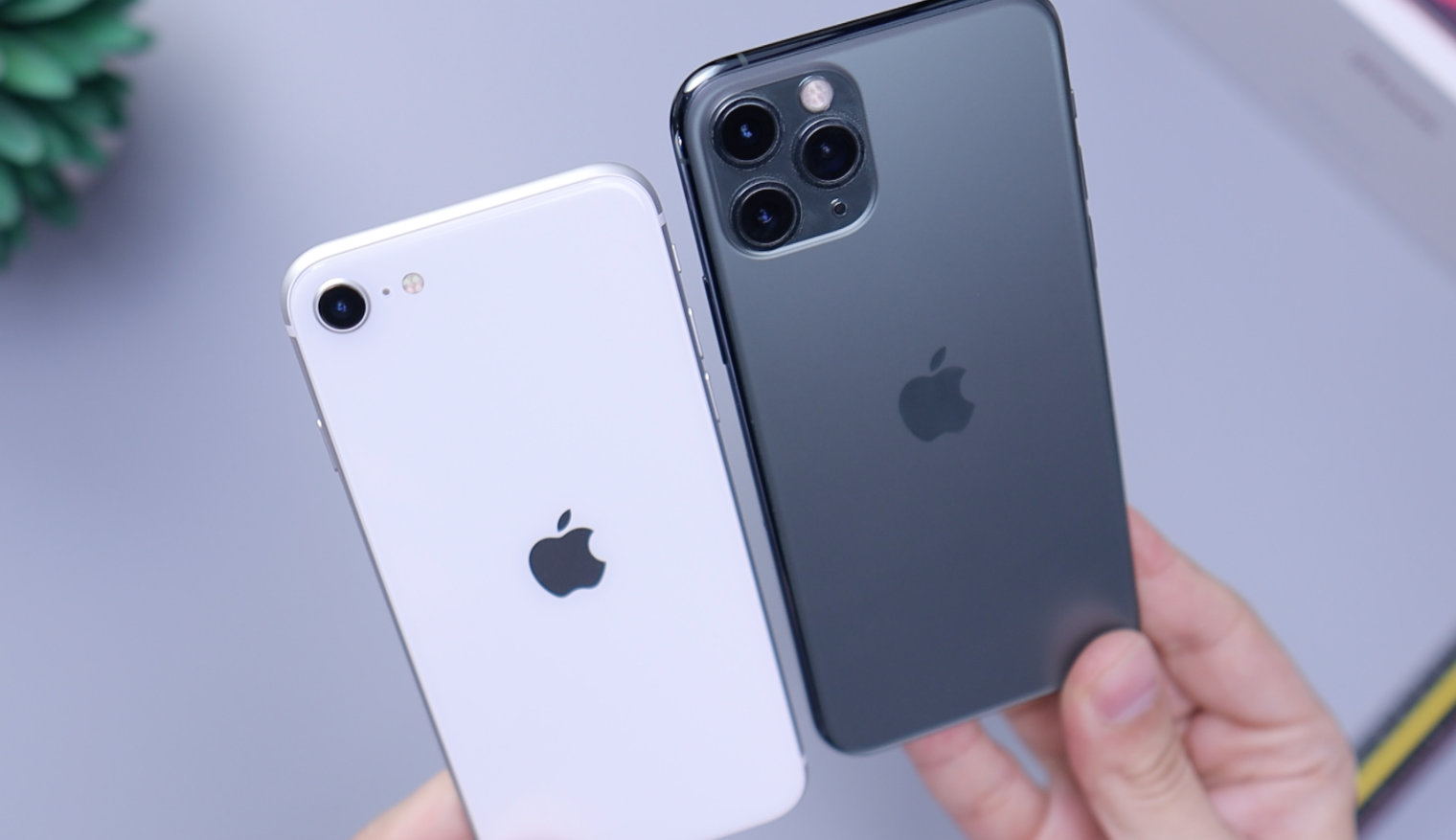
At the same time, Apple users are debating the display of the upcoming device. As the design should be practically unchanged, it can be expected to retain its 4,7″ LCD display. The transition to a larger screen, or to OLED technology, seems unlikely at the moment. In addition, this step would increase the costs and thus the price of the device. Another issue is the preservation of the Home button. This Apple phone is likely to retain the iconic button this time as well and offer Touch ID fingerprint recognition technology.
Interesting concept iPhone SE 3rd generation:
The iPhone SE leaks and predictions so far are certainly interesting, but they diverge in some ways. At the same time, an interesting vision of the new model appeared among fans, which could also attract the attention of users of competing phones. In that case, Apple could remove the Home button and opt for a full-body display, offering a punch-through instead of a cutout. Touch ID technology could then be moved to the power button, following the example of the iPad Air. To keep costs down, the phone would only offer an LCD panel instead of the more expensive OLED technology. Practically, the iPhone SE would go into the body of the iPhone 12 mini with the aforementioned modifications. Would you like such a phone?
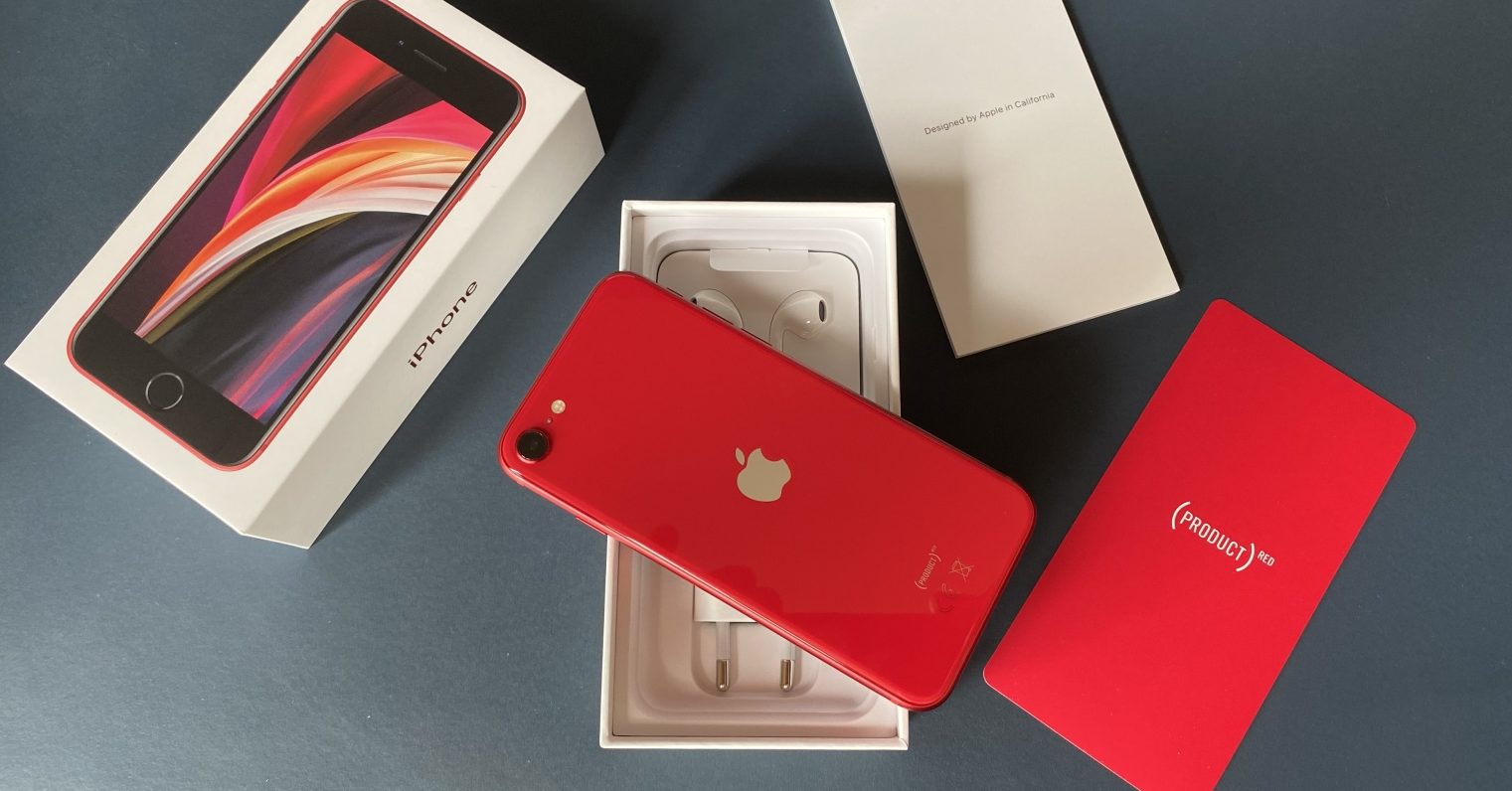

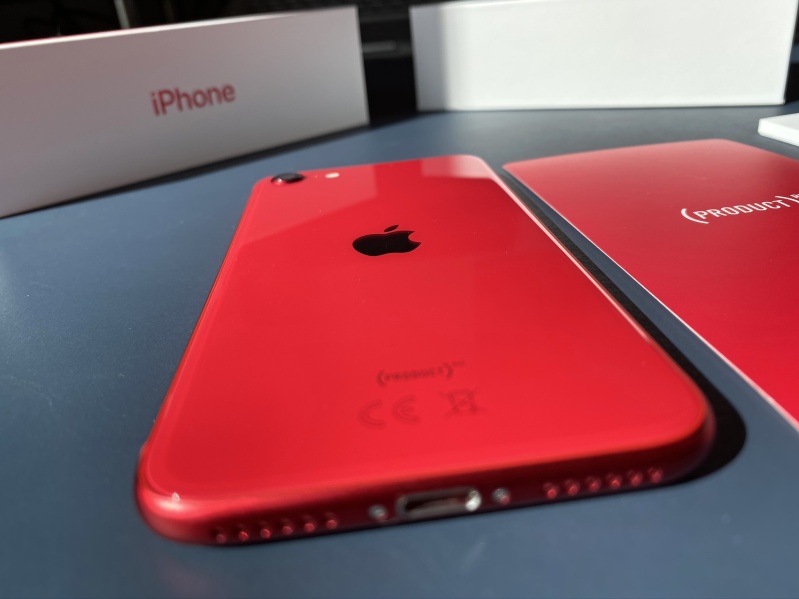
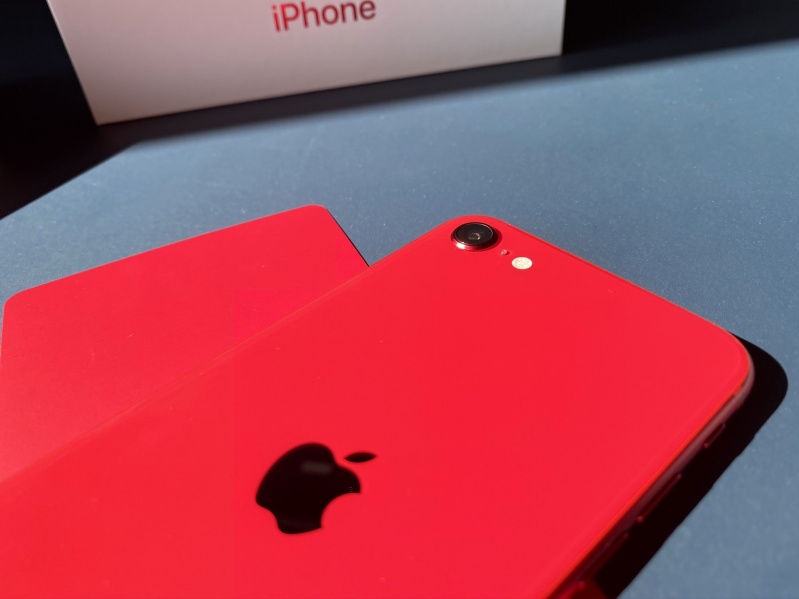


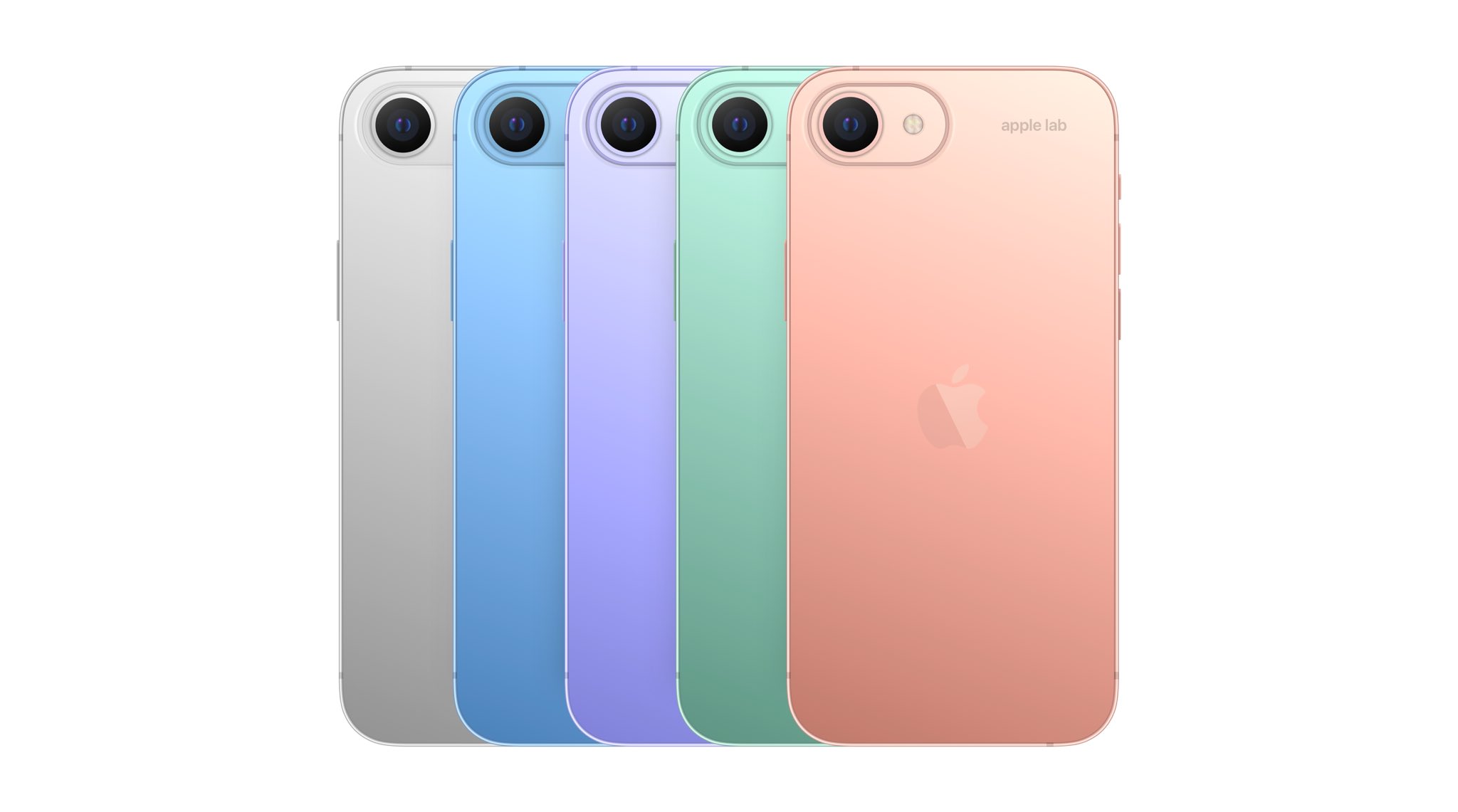

If SEčko had the size and style of 12 mini, and touch id, it would be great, but the price would have to be somewhere other than 22k....